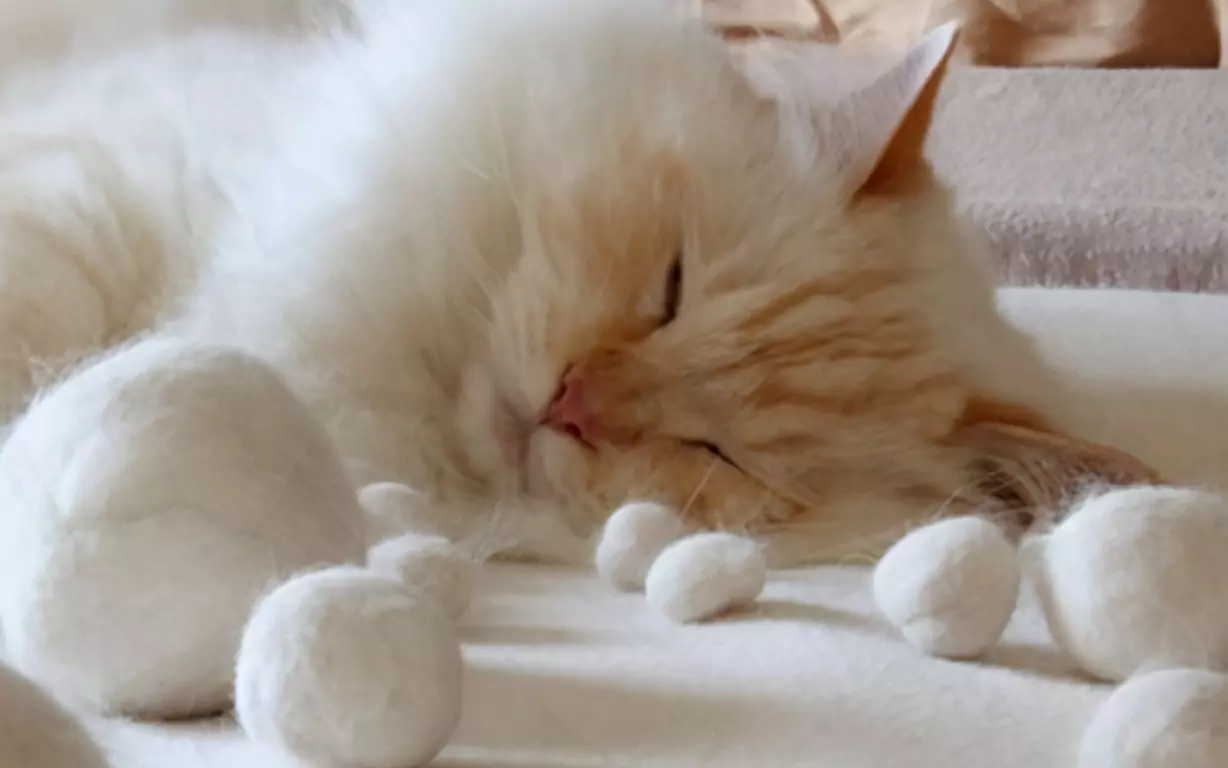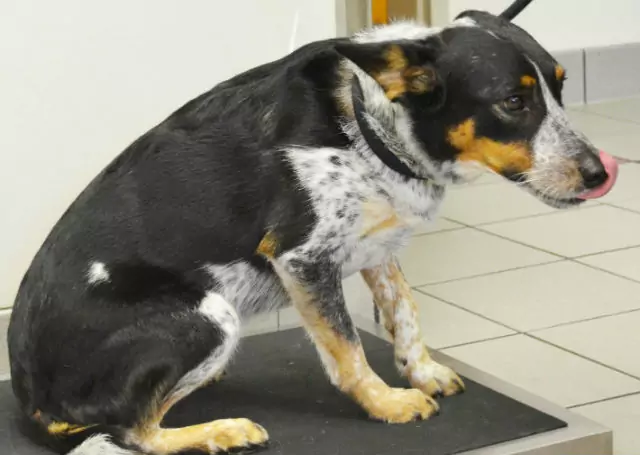How to know if your cat is pregnant
2022-08-04
Cats usually give birth to kittens around 58-62 days of pregnancy. Before a cat gives birth, it is important to prepare well in advance, and the future mother cat needs more care. So, how can you tell if your cat is pregnant? How to take care of a pregnant cat? Let's take a look!
I. How to determine whether a cat is pregnant
1. Ultrasound examination
If you suspect, or if you know your cat is pregnant and want to know how pregnant it is, the first thing you should do is to take it to the veterinarian for an ultrasound examination, which is the most effective. You can usually go for an ultrasound to check the pregnancy when the cat is 21 days pregnant, but if you want to know how many kittens are in your cat's belly, it is best to wait until after the cat is 40 days pregnant because the skull of the kittens will be visible at that time. Some people worry that the ultrasound will have an effect on the development of the kittens, but in fact, there is no need to worry about the radiation, which is minimal and will not affect the development of the kittens.
2. Whether the cat's milk T becomes bigger
When the cat is 15-21 days pregnant, the cat's tit will become larger and pink in color, and sometimes there will be an overflow of milk. However, the enlargement of the breast does not necessarily mean that the cat is pregnant, but also that the cat is in heat, and a series of symptoms is needed to determine this.
3. Does a cat have morning sickness?
Yes, like people, some cats may experience morning sickness around the third week of pregnancy and may stop eating for a week or two. If this happens, try giving her some cooked chicken breasts to encourage her to eat.
4. Behavior becomes more motherly
As a result of becoming a mother, the cat's hormones will change and under the effect of hormones, the cat will become more gentle and clingy. And with other cats or pets may become more distant and self-protective.
How to hold a pregnant cat
Pregnant cats can be held, but try not to squeeze their bellies. If the cat resists violently, do not hold it, so as not to accidentally injure the kittens in its belly. Whether the cat is pregnant or not, don't let the cat wiggle around when you hold it.

II. How to feed a pregnant cat
Pregnant cats need more calories to feed their growing kittens. During the first four weeks of pregnancy, provide the cat with good quality cat food. As the cat progresses through pregnancy, it will need more food and should be switched to kitten food around the fourth week of pregnancy as this has a higher calorie count. Make the change within a few days, as the sudden change in diet can cause stomach upset.
Towards the end of pregnancy, cats will eat 1.5 to 2 times as many calories, and during lactation, the calories will increase to 2-4 times as many. A cat should ration some food each day because the growing kitten will take up space in its abdomen, which makes it harder for it to eat food.
Provide fresh, clean drinking water for your cat.
Does a pregnant cat need vitamins or supplements?
Generally speaking, if she is fed good quality cat food, she does not need any additional supplements; in fact, it is very dangerous to do so. Some cats may develop eclampsia or lactational fever due to low blood calcium in late pregnancy or more commonly during lactation. This is due to low blood calcium levels in late pregnancy or during lactation.
Talk to your veterinarian about this, especially if you are feeding homemade cat food. Calcium supplementation during pregnancy is contraindicated because high levels of calcium intake over time can decrease parathyroid sensitivity. However, your veterinarian may recommend calcium supplements during lactation. The caution is not to take this or any other vitamin without veterinary advice.
Regular worming for pregnant cats
The most common worms in cats are roundworms, hookworms, tapeworms, etc. All cats should be dewormed regularly. Deworming is especially important during pregnancy because hookworms become encapsulated in the cat's tissues and remain dormant. When a cat is pregnant, they transfer to the cat's mammary glands and are passed in the breast milk when feeding kittens. It is also possible for roundworms to infect kittens through the placenta during pregnancy. Worm products do not kill worms encased in tissue or mammary glands, but they can kill worms in the cat's intestinal tract.
Deworming recommendations are as follows.
Every three weeks during pregnancy
Every three weeks during nursing (until weaning)
However, you should talk to your veterinarian before preparing to deworm your cat. Do not use over-the-counter deworming medications. Follow your veterinarian's guidelines for medications and deworming frequency.
Do clean well to prevent fleas
If your cat has fleas, do a good job of cleaning your home and cat thoroughly. And contact your veterinarian to talk about safe treatments to use during pregnancy, as many medications are not safe to use during pregnancy.
Vaccinating pregnant cats
Vaccination of pregnant cats is not recommended because certain vaccinations may cause harm to unborn kittens. However, if your cat has never received any vaccinations, consult your veterinarian who can advise you on the best vaccinations to give. He may recommend vaccinating your cat with an inactivated vaccine or waiting until after the kitten is weaned.
Provide a comfortable litter tray
As your cat progresses through pregnancy, it will become increasingly uncomfortable. It is not uncommon for pregnant cats to have occasional accidents.
Keep in mind that your cat's belly will be large, and very uncomfortable, and moving around will not be as easy as usual. It is essential to provide her with a litter tray that she can easily climb in and out of.
Prepare a "birthing box"
Keep the pregnant cat indoors, especially during the last two weeks of pregnancy.
Provide a sturdy box (e.g. wooden box, cardboard box) or buy a special house from a pet supply store, which we can call a "birthing box", in which the mother cat can give birth and nurse her newborn kittens. The "whelping box" should be placed in a quiet, draft-free room away from the children, other pets, and the daily hustle and bustle of the house.
The room should not be too hot or too cold, as kittens cannot regulate their body temperature. The "whelping box" should be set up 2 to 3 weeks before its estimated delivery date to allow the mother cat to adjust to the situation.
Your cat's litter tray and food and water bowls should be placed close to the "whelping box", which should be large enough for the cat to stand up, turn around, and care for her kittens. The "whelping box" is also delicate and should have a hole dug in the side about 9 inches from the ground so that the mother cat can jump in, jump out of the litter box and eat or drink, but be careful that the hole is high enough to prevent the kittens from climbing out.
Line the "maternity box" with a 1-inch layer of old newspaper and place a blanket on top. After the mother cat has given birth, remove the soiled newspaper and blanket and replace them with clean ones. These supplies should be changed every day or so.
Don't be surprised if your cat chooses to give birth elsewhere. Many pregnant cats have an idea of where they want to give birth, and it is not uncommon for cats to choose the back of a drawer or closet. If this happens, once the mother cat has given birth, transfer her and her litter to the "whelping box" you have provided for them, unless you are happy for them to stay there!
#
Pregnancy
#delivery box
#deworming
#lactation
#vaccination
#worms
#food
#veterinary talk
#provide
#B-ultrasound examination
Previous:How to help cats in the heat
Was this article helpful to you?
Other links in this article
English:
How to know if your cat is pregnant
español :
Cómo saber si su gata está embarazada
Italiano:
Come sapere se la vostra gatta è incinta
Nederlands:
Hoe weet u of uw kat zwanger is?
Português:
Como saber se o seu gato está grávida
português (Brasil):
Como saber se seu gato está grávida
русский:
Как узнать, беременна ли ваша кошка
日本語:
猫が妊娠しているかどうかを知る方法
中文简体:
如何知道你的猫是否怀孕了
中文繁体:
如何知道你的貓是否懷孕了
Comments
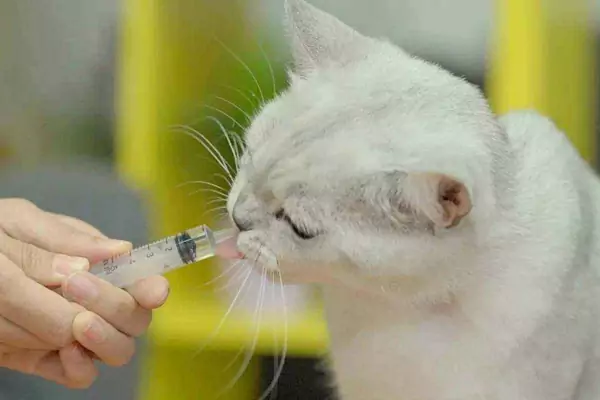
How do I get my cat to take medication?

How long can cats live? Symptoms of cats before they die
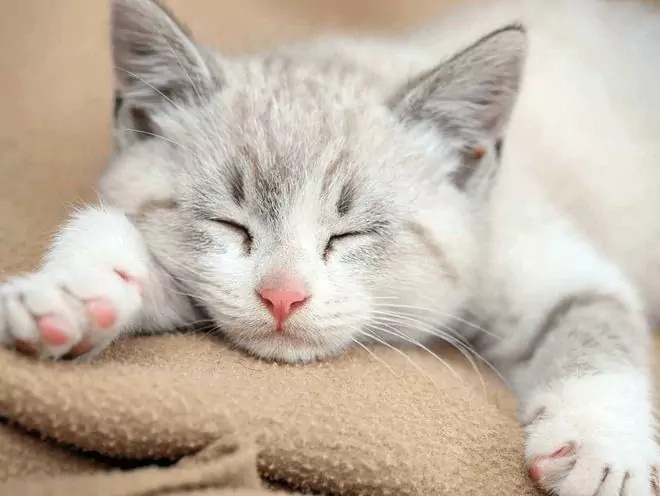
Do cats get colds? What is a cat's cold?

Why do cats sneeze? What are the reasons why cats sneeze?

How to get rid of fleas on cats naturally? Why do cats have fleas on their bodies?

How to check for ear mites in cats
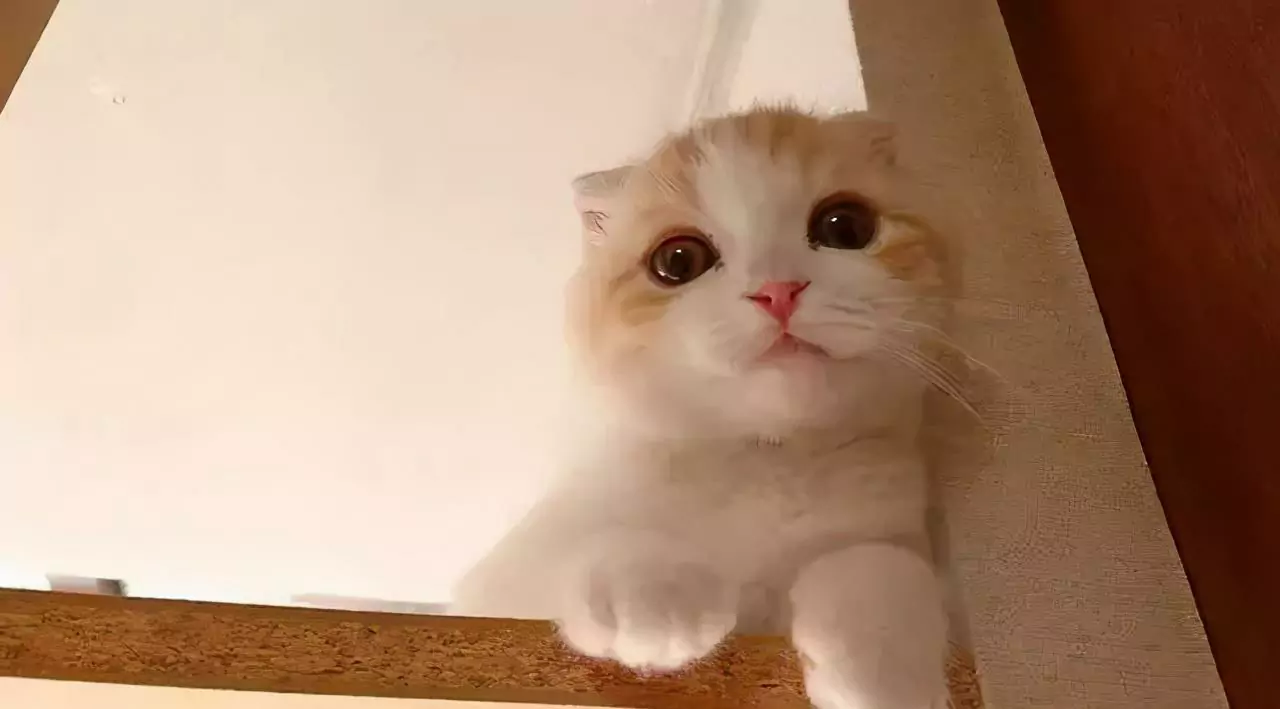
Why do cats vomit? Judging cats based on vomiting
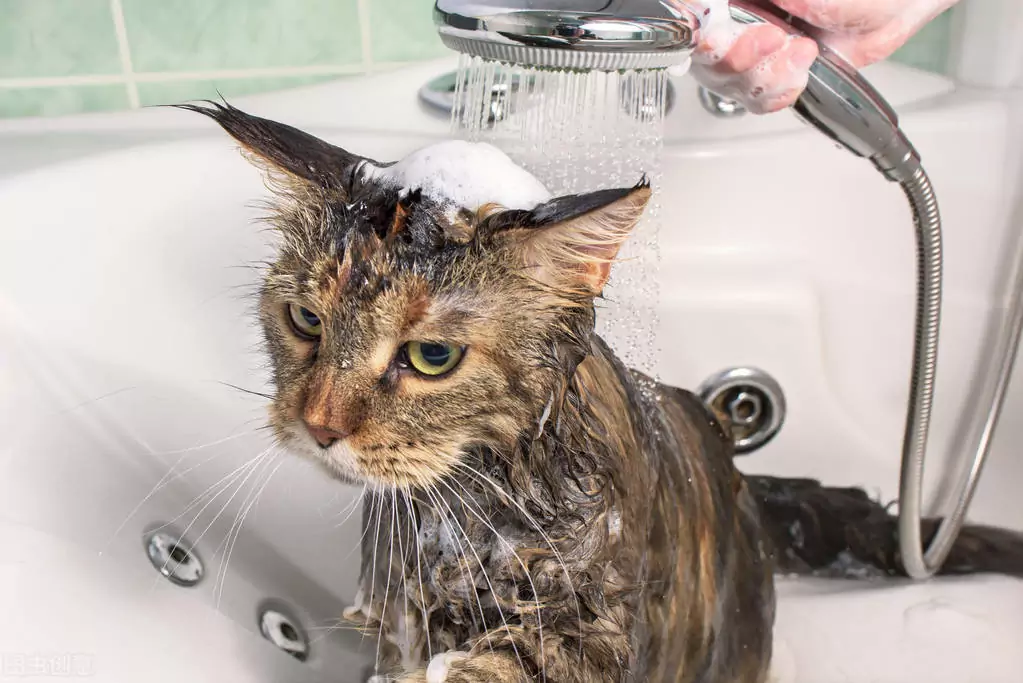
How do get rid of fleas on cats? How can I tell when I have fleas on my cat? How to prevent fleas?
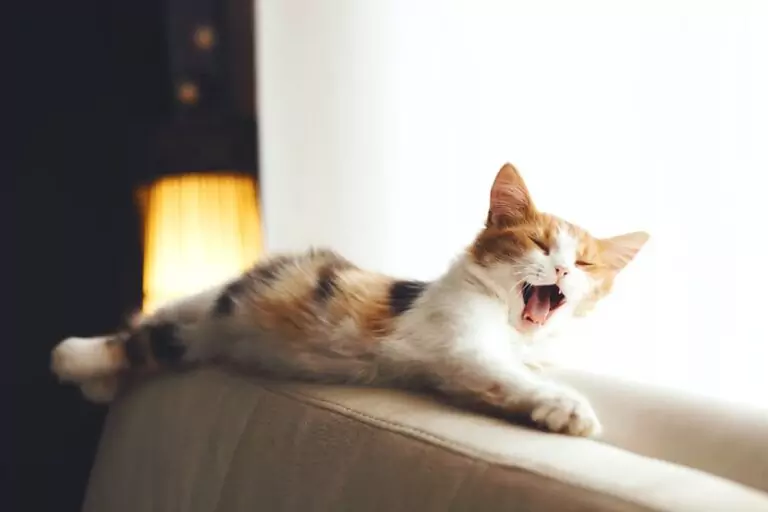
Why does my cat cough

Why does my cat vomit undigested food? Causes of vomiting in cats






